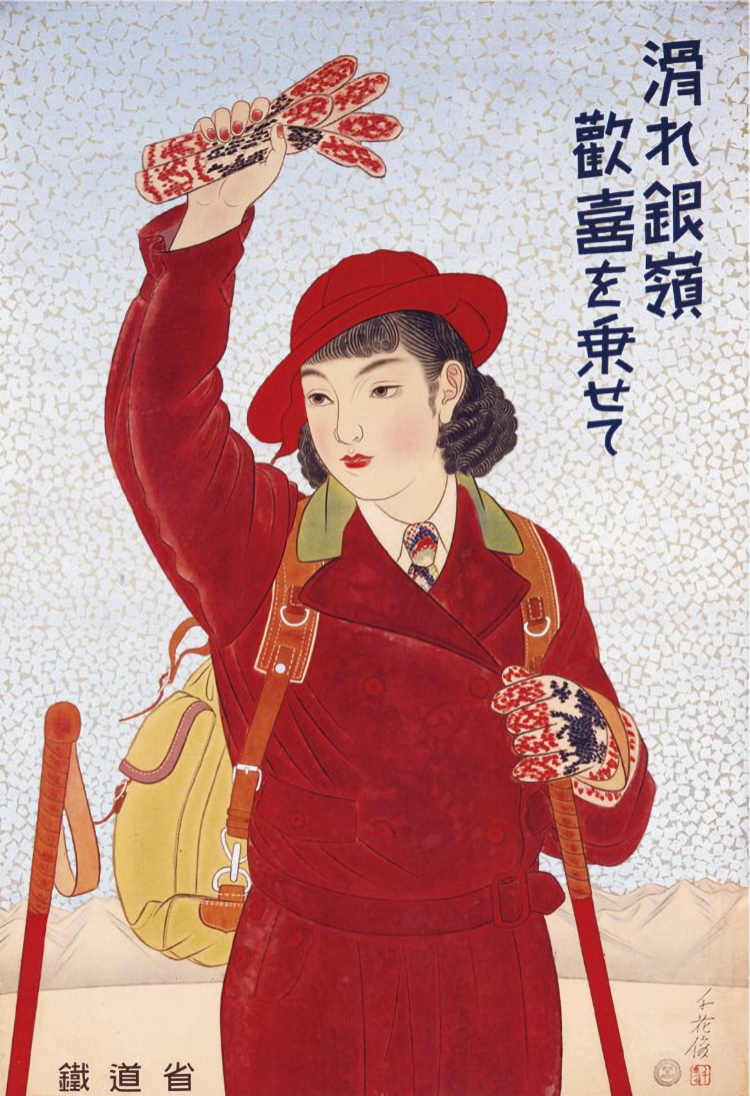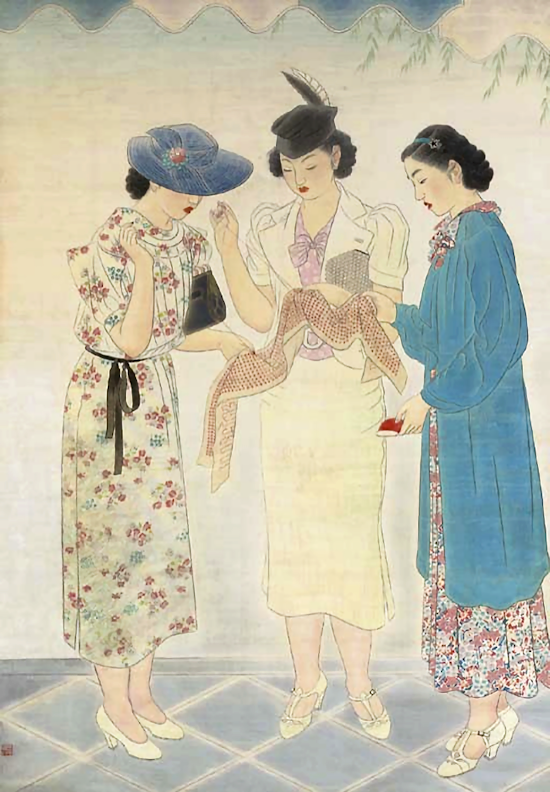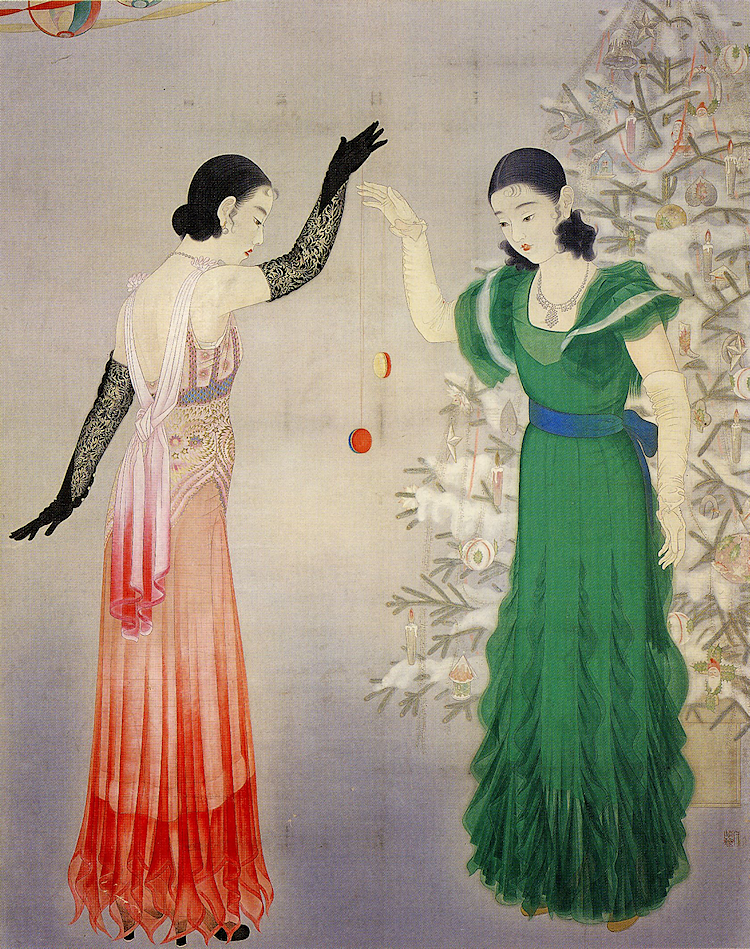 |
| Prismes, circa 1940. |
 |
| Château de cartes, 1928. |
 |
| Film négatif, 1928. |
 |
| Eperlans, 1935. |
 |
| Copeaux, 1931. |
 |
| Rosée, 1929. |
 |
| Satin et plumes, 1933. |
 |
| Lingerie, 1935. |
 |
| Lilas, circa 1930s. |
 |
| Pelote de ficelle, 1931. |
 |
| La poire coupée, 1930. |
 |
| Ananas, 1930. |
 |
| Le Bol cassé, 1933. |
 |
| Trois litres, 1953. |
 |
| Epi de blé, 1930. |
 |
| Trois poires, 1931. |
 |
| Iris, 1930. |
 |
| Corde dans une fenêtre, 1932. |
 |
| Œufs-soleil, 1933. |
 |
| Lanternes, 1931. |
 |
| Sardines, 1932. |
 |
| Alphabet, circa 1932. |
*
Louis-Victor-Emmanuel Sougez (16 July 1889, Bordeaux - 24 August 1972, Paris), French photographer. At the age of fifteen he enrolled at the Ecole des Beaux-Arts de Bordeaux, where he initially studied art, but he soon abandoned that to concentrate on photography. From 1905 to 1914, he travelled widely, including Germany, Austria, and Switzerland. After the First World War, he became a freelance photographer, based in Paris. There he formed the group
Le Rectangle which exhibited modern photography and then, with some of its members, post-WWII, he helped establish its successor,
Le Groupe des XV. Then, in the 1950s, he joined
Les 30 x 40. Previously, in 1926, he founded the photographic department for the French weekly newspaper,
L'Illustration, where he promoted the use of color photography. He died in the French capital at the age of eighty-three.






























.png)
.png)
.png)
.png)

.png)
.png)
.png)
.png)
.png)

.png)






.png)












